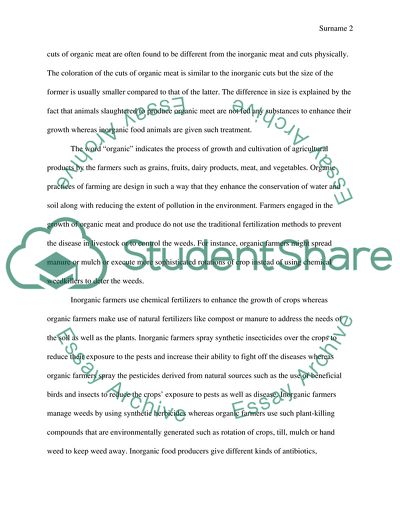Cite this document
(Organic Foods versus Inorganic Foods Term Paper, n.d.)
Organic Foods versus Inorganic Foods Term Paper. https://studentshare.org/environmental-studies/1812575-organic-and-inorganic-food
Organic Foods versus Inorganic Foods Term Paper. https://studentshare.org/environmental-studies/1812575-organic-and-inorganic-food
(Organic Foods Versus Inorganic Foods Term Paper)
Organic Foods Versus Inorganic Foods Term Paper. https://studentshare.org/environmental-studies/1812575-organic-and-inorganic-food.
Organic Foods Versus Inorganic Foods Term Paper. https://studentshare.org/environmental-studies/1812575-organic-and-inorganic-food.
“Organic Foods Versus Inorganic Foods Term Paper”. https://studentshare.org/environmental-studies/1812575-organic-and-inorganic-food.


